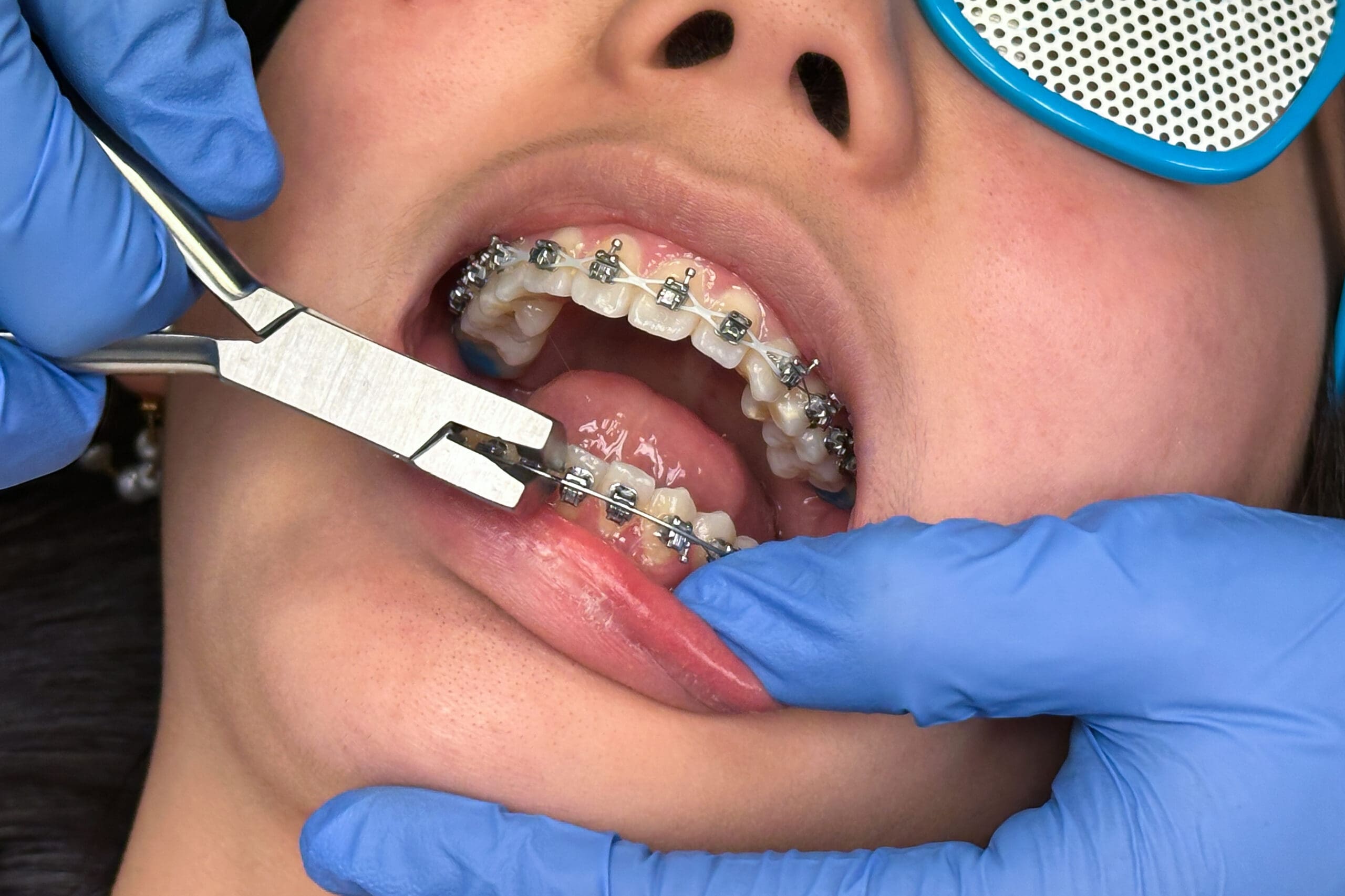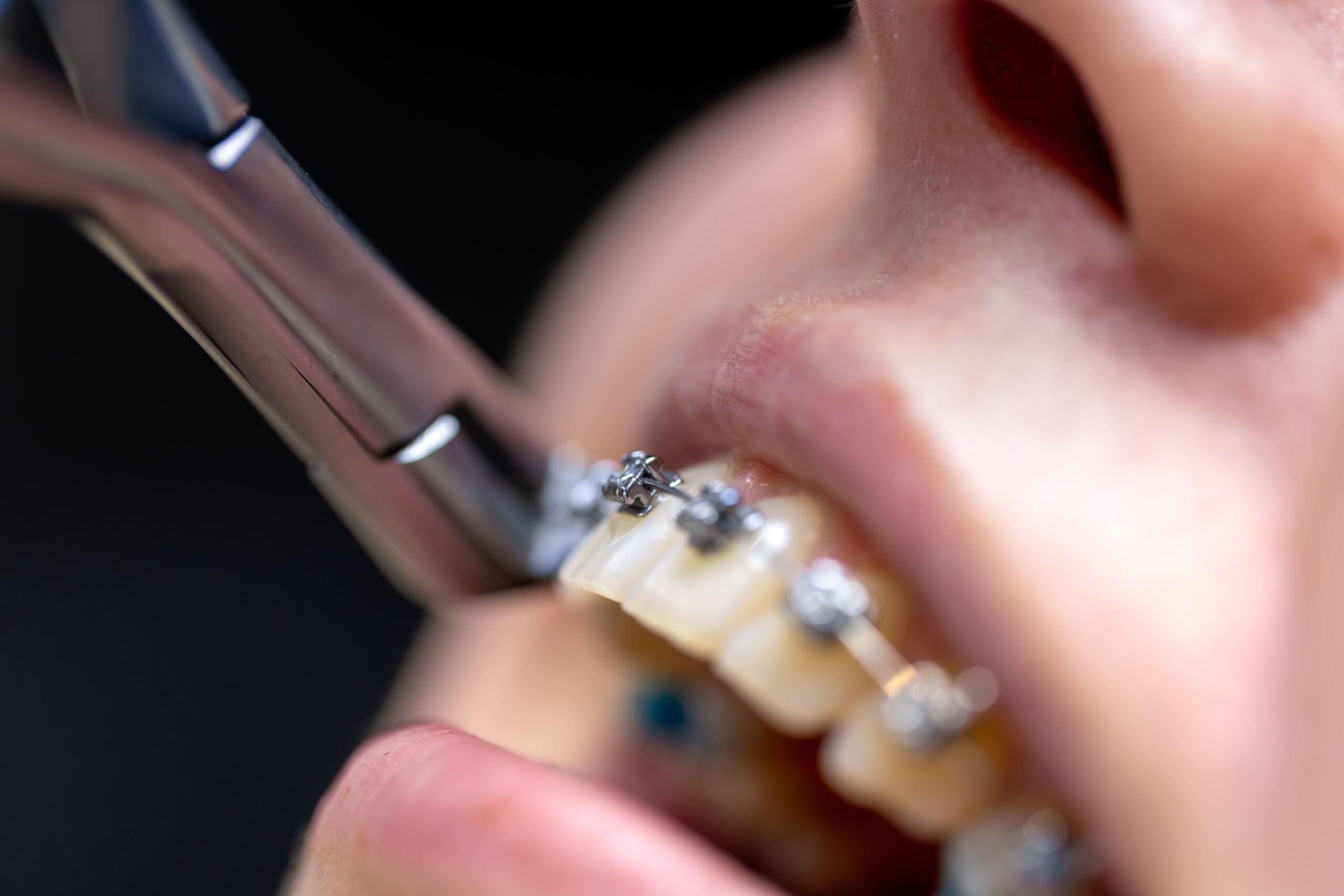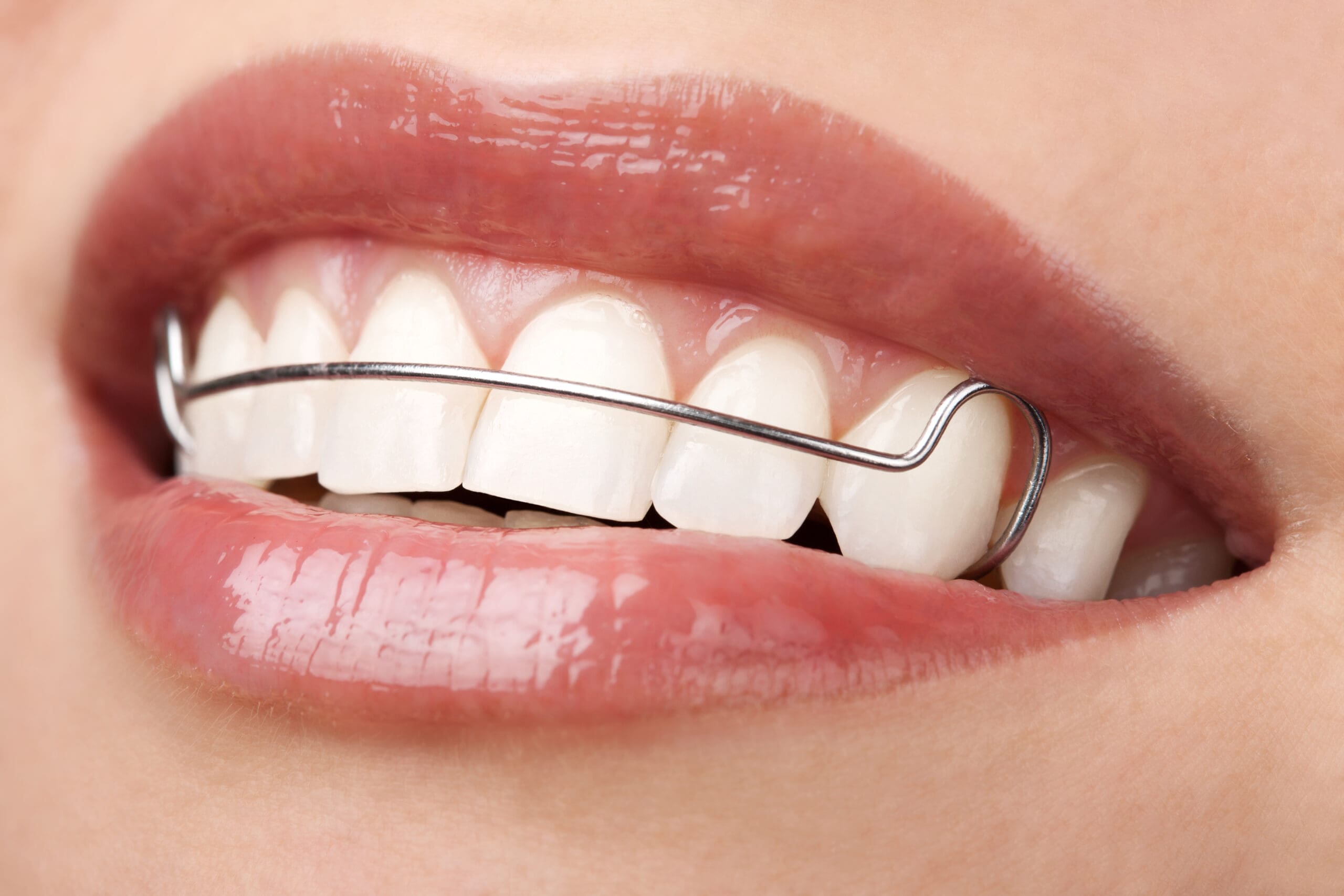
Braces are an effective solution to straighten teeth and fix bite issues, but the journey doesn’t end when they come off. Teeth retainers are custom devices worn after orthodontic treatment to prevent teeth from shifting back to their original positions.
Wearing retainers is a critical next step that begins immediately after your braces are removed, helping lock in your results for the long run.
Retainers are not just optional accessories; they are essential orthodontic appliances designed to preserve your newly aligned smile and ensure long-term success.
Braces treatment is the initial phase of the orthodontic journey, followed by the retention phase, which involves wearing retainers to maintain teeth alignment after braces are removed. Without them, months or even years of treatment with metal braces or clear aligners could be undone by gradual tooth movement, a common occurrence if retention is not maintained.
Let’s explore the reasons why retainers are vital after orthodontic treatment, how they work, and what to expect when entering the retention phase with Smilebliss.
 After your braces are removed, your teeth might look perfectly straight, but they’re not fully stabilized. During orthodontic treatment, controlled pressure is applied to reposition your teeth. This movement affects not only the teeth but also the surrounding bone, periodontal ligaments, and soft tissue.
After your braces are removed, your teeth might look perfectly straight, but they’re not fully stabilized. During orthodontic treatment, controlled pressure is applied to reposition your teeth. This movement affects not only the teeth but also the surrounding bone, periodontal ligaments, and soft tissue.
Once braces are no longer holding the teeth in place, there is a natural tendency for them to shift back to their original positions. This phenomenon is known as orthodontic relapse and can occur within weeks or even months if proper retention is not maintained.
That’s why retainers are a non-negotiable part of the orthodontic treatment plan.
Retainers serve one primary purpose: to hold teeth in their new positions after active orthodontic treatment ends. Here’s how they work:
The most important function of a retainer is to prevent your teeth from drifting. Teeth tend to move back to their old position if a retainer is not worn, especially after orthodontic treatment.
Retainers apply gentle, consistent pressure to keep the teeth from shifting during this crucial stabilization period and can also help control minor movements that may occur as your mouth adjusts.
As your teeth move, the bone around them breaks down and rebuilds. This process, known as bone remodeling, continues for several months after braces are removed.
Retainers help maintain the tooth position while the bone adjusts, ensuring the changes are long-lasting. During the bone remodeling phase, you need to wear your retainer consistently to prevent your teeth from shifting.
If your retainer no longer fits during this period, you may need a new retainer to maintain the new position of your teeth.
Braces not only straighten teeth but also correct bite issues such as overbite, underbite, and crossbite. A retainer helps keep the jaw and teeth alignment stable, promoting better oral function and preventing future complications.
Your orthodontist will help you select the right retainer to maintain bite alignment and ensure long-term stability.
Even small movements can result in noticeable spacing or crowding over time. Wearing a retainer ensures your teeth stay evenly spaced and properly aligned, preserving the aesthetics of your new smile.
By consistently wearing your retainer, you help maintain your straight and beautiful smile, making sure your smiles remain confident and attractive.
 One of the most common questions patients ask after braces is: “How long do I have to wear my retainer?” Many patients also wonder about how long they need to wear retainers to maintain their results.
One of the most common questions patients ask after braces is: “How long do I have to wear my retainer?” Many patients also wonder about how long they need to wear retainers to maintain their results.
The answer depends on your orthodontic history and how your teeth respond to treatment, but general guidelines include:
In short, wearing your retainer isn’t just a temporary phase—it’s part of your lifetime orthodontic care and is essential for the long haul to maintain your results.
Skipping your retainer or stopping use too soon can lead to:
A study published in the American Journal of Orthodontics and Dentofacial Orthopedics found that relapse occurred in most cases, even when initial orthodontic results were ideal.
The good news? Just a few minutes of effort each day can protect your investment in your smile.
 To get the most out of your retainer, it’s important to follow simple daily habits:
To get the most out of your retainer, it’s important to follow simple daily habits:
At Smilebliss, we provide step-by-step instructions to help you care for your retainer and protect your smile long-term.
At Smilebliss, we recognize that orthodontic care doesn’t stop when the brackets come off. We offer:
Whether you’re finishing treatment or seeking help to maintain your smile, Smilebliss is your trusted partner during the retention phase. With proper retainer support, you can keep smiling confidently for years to come.
Contact us today to schedule your post-treatment consultation or learn more about our custom retainer solutions designed to keep your smile on track—now and for years to come.